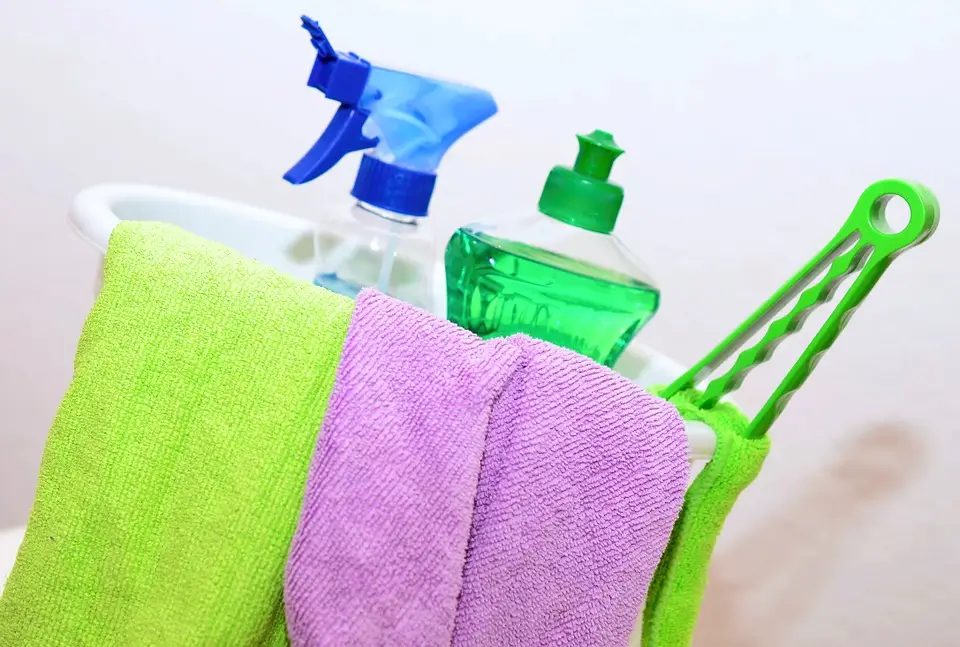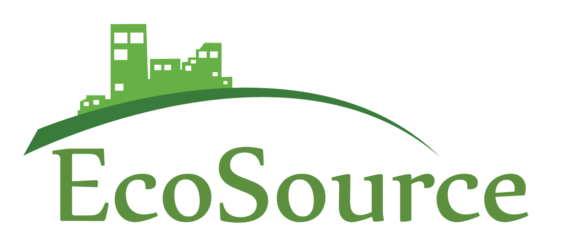
It’s easy to get hung up on the nuances of language. When you say you’re going to clean, do you mean you’re going to sweep the crumbs into the trash can? Do you mean you’re going to scrub the counter with bleach? All too often, we use these terms to generally mean the same thing. Read on to find out the differences between cleaning, disinfecting, and sanitizing, and when we should be doing each.
Cleaning
In its most basic form, cleaning is the practice of removing scattered objects, crumbs, trash, or disorganized clutter from a surface or an area. Usually, it involves focusing on high-traffic areas, because that’s where we tend to set things down. We eat over a counter, or we sit on the couch, and detritus creeps up on us. Soon there’s a pile of crumbs and maybe a little pile of wrappers, too. Cleaning is the act of getting rid of all that mess.
Disinfecting
The next step up in the extremes of cleaning is disinfecting. When you use a cleaner to remove germs from a surface, that’s disinfecting. Whether it’s bleach, bleach-free cleaner, or any kind of germ killing solution, disinfecting is vital to keeping the spread of germs down in your home, office, car, and any other place you frequent.
Sanitizing
Most people don’t sanitize surfaces in their home. Sanitizing requires extreme undiluted chemicals, heat, or radiation. The only real processes in your average home that sanitize are your dishwasher and your clothing dryer. Only those two appliances get hot enough for their cleaning to qualify as “sanitizing.”
How Do They Relate to Each Other?
For starters, you can’t have disinfecting or sanitizing without cleaning. In order for a surface to get truly clean, all the trash and crumbs, wrappers and magazines, pill bottles and pen caps have to be put away. Only after you have a bare surface that’s been swept clean can you start the disinfecting.
The major difference between disinfecting and sanitizing has to do with severity. Disinfecting is a process that calls for a diluted germ killing solution to reduce the spread of germs. It isn’t about killing all germs. In fact, it’s probably best that we leave some of them! Regular minor exposure to germs is touted as a way to build the immune system, but it’s important to stop the build up of germs and grime.
When Do We Use Each?
Cleaning is a process you should probably engage in daily. It doesn’t have to be extreme, or take a lot of your time. Use a few minutes while you wait for your boss to make her way to the conference room. Pick up one or two things, sweep off a counter surface, or take out the trash so that it isn’t built up in the can.
Disinfecting requires chemicals, and takes a little more time. Be aware that some people’s skin reacts poorly even to diluted chemicals, and take care. Wear gloves, and wash your hands afterward. When you touch your mouth or other delicate areas, diluted cleaners can leave chemical marks and hurt your skin.
Sanitizing is usually only necessary when you have a clear and present germ problem, and it’s best employed by professionals. Is your office suffering an outbreak of sniffles? Sanitizing can help. Call EcoSource for a thorough cleaning of your office and stop that bug in its tracks.


